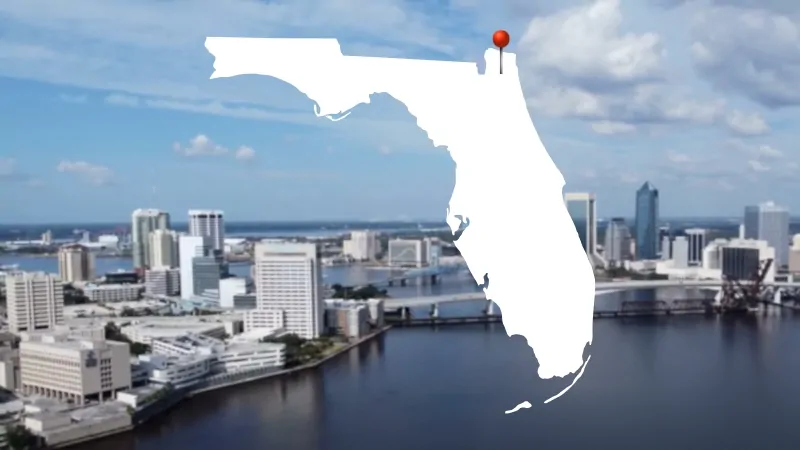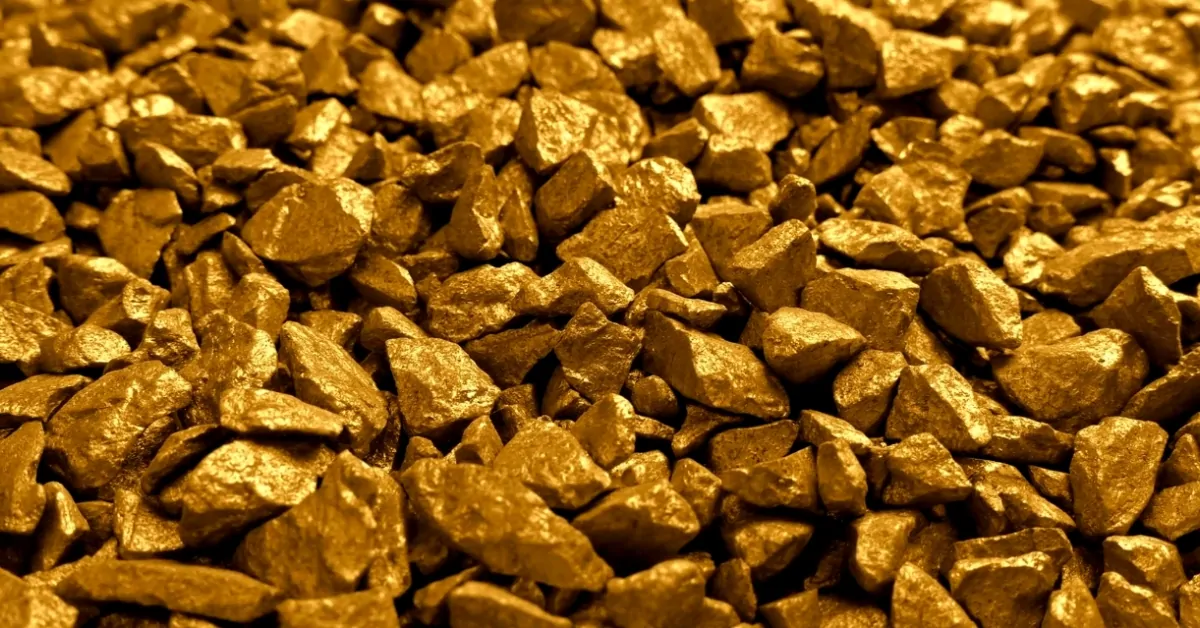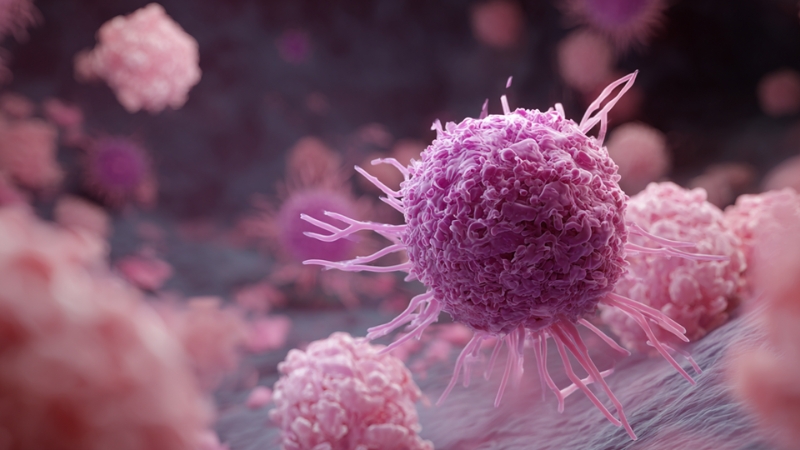Jacksonville is the largest city by area in the contiguous United States.
Located about 26 km (16 mi) west of the Atlantic coast and 265 km (164 mi) east of Florida’s capital, Tallahassee, Jacksonville sits in the northeastern part of the state, near the Georgia border at the estuary of the north-flowing St. Johns River.
The city, founded shortly after Spain ceded Florida to the U.S. in 1821, was named for Andrew Jackson, then Military Governor of Florida and later the seventh U.S. President.
Often referred to as “JAX,” Jacksonville is the seat of Duval County and the 11th most populous U.S. city, with approximately 997,164 residents, and around 1.44 million people in its metropolitan area.
Jacksonville’s economy is diverse, spanning industry, banking, insurance, logistics, healthcare, and tourism making it a crucial part of the state of Florida.
Its deep-water port (JAXPORT), which includes three cargo facilities, is the nation’s second-largest vehicle handler.
Additionally, Jacksonville hosts the third-largest military presence in the U.S., significantly contributing to its economic activity.
Table of Contents
TogglePopulation
Jacksonville, Florida, known for its sprawling urban area and significant population growth, is the most populous city in Florida and the 11th most populous in the U.S. as of 2025.
Jacksonville, located in Duval County, Florida, has a 2025 population of 997,164 and serves as the county seat according to World Population Review.
The city is experiencing steady growth, with an annual increase rate of 1.15%, marking a 4.76% rise in population since the 2020 census, which recorded 951,880 residents.
Since its incorporation in 1832, Jacksonville’s population has shown impressive growth, particularly post-1970, when the city consolidated with Duval County.
Early census data began with just over 1,000 residents in 1850, but population surges became noticeable in the 20th century.
By 1970, Jacksonville had 528,865 residents, nearly doubling to over 949,000 in 2020.
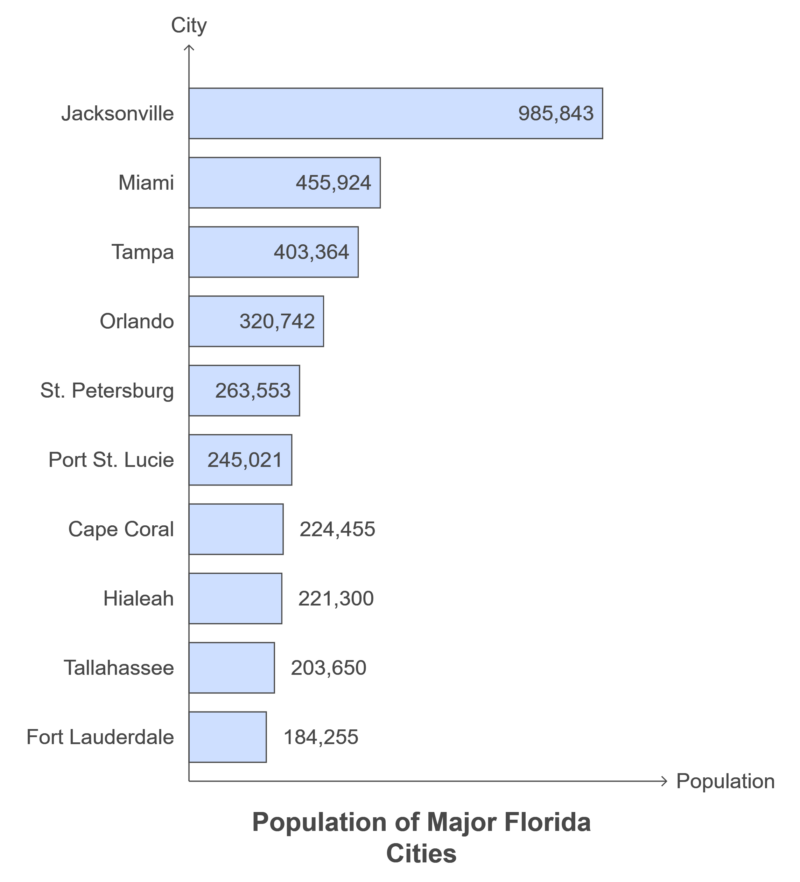
Jacksonville stands as Florida’s most populous city, with an impressive 997,164 residents in 2025, making it significantly larger than Miami, the next most populous city at 455,924.
Jacksonville’s population not only secures its rank as Florida’s largest city but also underscores its importance as a central hub in the state, far surpassing other major cities like Tampa (403,364), Orlando (320,742), and St. Petersburg (263,553).
Jacksonville’s expansive area and dynamic growth position it as a key metropolitan center in Florida, with an economy and cultural landscape that continue to attract new residents.
Racial and Ethnic Composition
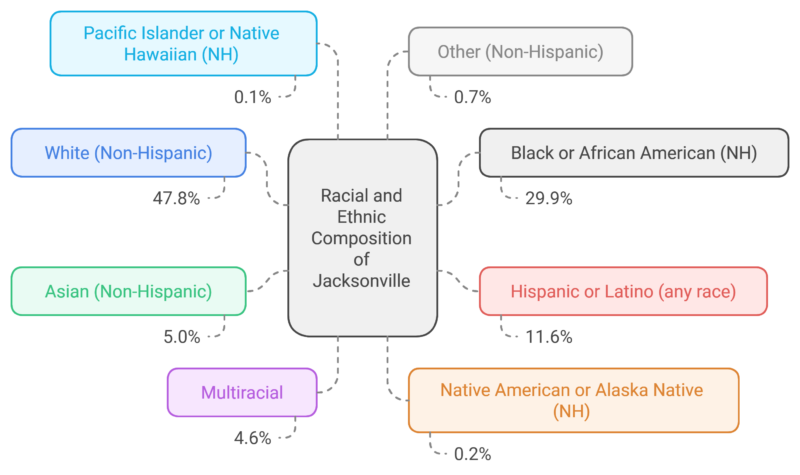
Jacksonville is a racially diverse city, with nearly half of the population identifying as non-Hispanic White, and around 30% as Black or African American, including a substantial Afro-Caribbean community.
The Hispanic or Latino population has grown significantly since 2000, tripling in size by 2020, with notable representation from Puerto Rican, Mexican, and Cuban communities.
Asian Americans make up about 5% of the city, with Filipino, Indian, and Vietnamese as the leading Asian groups.
Ancestry and Ethnic Backgrounds
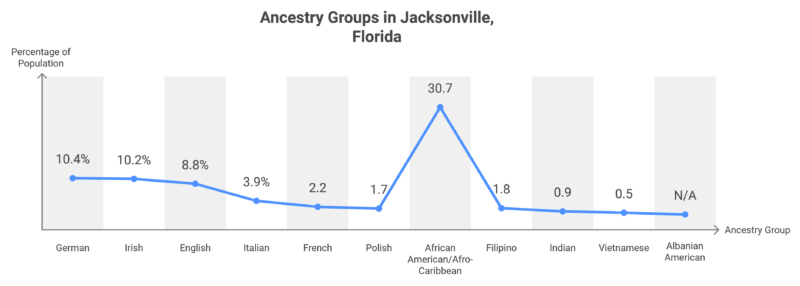
Jacksonville’s ancestry includes a range of European roots, with German, Irish, and English ancestry groups being the most prominent.
African heritage accounts for a significant 30.7% of the population, encompassing African American, Afro-Caribbean, and Sub-Saharan African origins.
The Filipino community is Jacksonville’s largest Asian group, and the city is home to Florida’s largest population of Albanians, many of whom have longstanding ties to the city.
Linguistic Diversity
Jacksonville is primarily English-speaking, with 87% of residents using English as their primary language in 2010. However, linguistic diversity is increasing, with Spanish spoken at home by 5.8% of residents, while Indo-European, Asian, and other languages make up about 6% combined.
Religious Landscape
Jacksonville’s religious landscape is shaped by a variety of faiths:
- Christianity: Protestantism is the dominant faith, with Evangelical, Mainline, and Black Protestant congregations. The Roman Catholic community is also significant, with 133,000 Catholics attending 25 parishes. Additionally, there are active Eastern Orthodox and Eastern Catholic communities.
- Other Faiths: Jacksonville’s Muslim population is about 8,500, with the Islamic Center of Northeast Florida being the largest mosque. The Jewish community, centered in Mandarin, includes Orthodox, Conservative, Reform, and Reconstructionist synagogues, totaling around 6,000 residents.
- Hindu, Buddhist, and Baháʼí: Smaller religious groups include Hindu (4,595), Buddhist (3,530), and Baháʼí communities, reflecting Jacksonville’s religious diversity.
Topography of Jacksonville
Category
Details
Total Area
874.3 square miles (2,264 km²)
Land Area
757.7 square miles (1,962 km²) – 86.66% of total area
Water Area
116.7 square miles (302 km²) – 13.34% of total area
Borders
Nassau County (north), Baker County (west), Clay & St. Johns counties (south)
Surrounds
Town of Baldwin
Coastline
Atlantic Ocean, with the Jacksonville Beaches
Rivers
St. Johns River (central), Trout River (major tributary entirely within Jacksonville)
Soil Composition
Primarily sand and clay, limiting sinkhole development, though some large sinkholes occur
Jacksonville covers 874.3 square miles, making it the largest city by land area in the contiguous U.S.
The city borders the Atlantic Ocean, features the St. Johns and Trout Rivers, and surrounds Baldwin.
Its soil is mostly sand and clay, which reduces but does not eliminate sinkhole formation.

Architecture
Feature
Notable Details
Architectural Styles
Prairie School, Mid-Century Modern, International, Brutalism, Futurism, Organicism
Influential Architects
Henry John Klutho (Chicago School, Prairie School), Robert C. Broward, Taylor Hardwick, William Morgan
Architectural Firms
Reynolds, Smith & Hills (RS&H), Kemp, Bunch & Jackson (KBJ)
Historical Skyscrapers
Built from 1902 onward, among the first in Florida
Tallest Building
Bank of America Tower, 617 ft (188 m), 42 floors, built in 1990
Notable Structures
1 Independent Square (1974), Riverplace Tower (1967), Laura Street Trio, The Carling, 11 East Forsyth
Jacksonville’s architecture reflects various styles, especially post-1901 following the Great Fire.
Influential architect Henry John Klutho introduced Prairie School designs, while later architects like Robert C. Broward and firms such as RS&H brought Mid-Century Modern and other styles.
Jacksonville’s downtown has notable skyscrapers, including the Bank of America Tower and Riverplace Tower.
Neighborhoods in Jacksonville
Neighborhood/Area
Description
Downtown & Surrounding
Includes LaVilla, Brooklyn, Riverside, Avondale, Springfield, Eastside, San Marco, Mandarin
Greater Jacksonville Areas
Northside, Westside, Southside, Arlington, Jacksonville Beaches
Independent Municipalities
Baldwin, Atlantic Beach, Neptune Beach, Jacksonville Beach
Historic Districts
Avondale, Ortega, Springfield, Riverside – all listed on the National Register of Historic Places
Jacksonville is composed of over 500 neighborhoods, spanning diverse areas and communities.
Downtown and surrounding areas contain historic and modern districts, while greater Jacksonville is divided into larger areas (e.g., Northside, Southside).
Four municipalities, including Baldwin and the Jacksonville Beaches towns, maintain independent governments.
Climate
Climate Feature
Details
Climate Classification
Humid subtropical (Cfa)
Annual Rainfall
Approximately 52 inches (1.3 meters)
Temperature Range
Average highs: 65.5°F (18.6°C) in winter to 91.9°F (33.3°C) in summer
Cold Temperatures
10-15 nights below freezing; cold snaps are short-lived
Record Cold
7°F (-14°C) on January 21, 1985
Snowfall
Rare; last measurable snow in December 1989 (1 inch)
Hurricane Exposure
Rarely direct-hit; one in 1871; near-hurricane conditions often occur from Gulf and Atlantic storms
Notable Storms
Hurricane Dora (1964), Hurricane Floyd (1999), Tropical Storm Fay (2008), Hurricane Matthew (2016), Hurricane Irma (2017)
Jacksonville’s humid subtropical climate brings hot, rainy summers and mild winters. The city averages 52 inches of annual rainfall, mostly from May to September.
Despite its location, Jacksonville rarely experiences direct hurricane hits but does face impacts from storms passing through the Gulf or Atlantic, with significant flooding seen in storms like Irma in 2017.
🌡️With temperatures warming back up and all the recent rain, heat indices are reaching ⚠️Advisory levels.
🌡️During hot and humid weather, the body’s ability to cool itself is challenged. Know the symptoms of heat exposure and the appropriate responses:https://t.co/UXIWDd67Q8 pic.twitter.com/4gb2cDp3Y4— NWS Jacksonville (@NWSJacksonville) August 8, 2024
Attractions of Jacksonville
1. Hemming Park
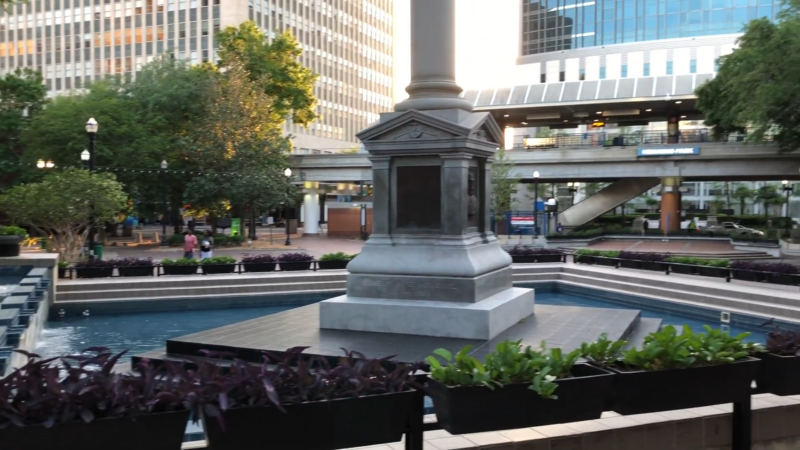
Hemming Park is Jacksonville’s oldest public park, originally established in 1857 and now serving as a central plaza in Downtown Jacksonville’s government district.
It features shaded seating areas, food trucks, public art, and event spaces.
Adjacent is the historic St. James Building, which houses Jacksonville’s City Hall, and other government buildings.
2. Jacksonville Riverwalk
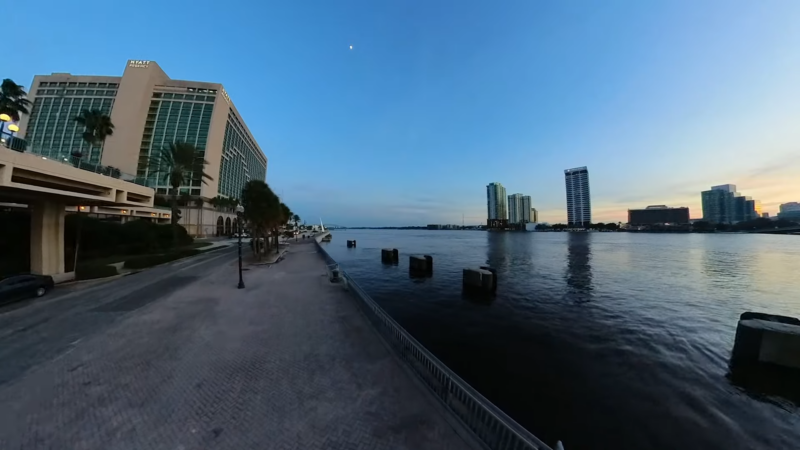
The Jacksonville Riverwalk stretches along both the Northbank and Southbank of the St. Johns River, offering scenic views of the city skyline.
Spanning nearly 4 miles, it connects various sites, including the Museum of Science & History, Friendship Fountain, and parks, with access to restaurants, shopping, and boat docking areas.
The Riverwalk is a popular spot for events and provides ample paths for walkers and cyclists.
3. Kingsley Plantation
Kingsley Plantation, located at the northern end of Fort George Island, is a historic estate that dates back to the 18th century.
The plantation preserves the main house, kitchen, barn, and remnants of slave quarters, allowing visitors to explore the history of slavery and early plantation life in Florida.
Interpretive signs and exhibits offer insights into the life of Zephaniah Kingsley, a plantation owner, and the experiences of enslaved people on the estate.
4. Friendship Fountain
Friendship Fountain, one of the largest self-contained fountains in the Southeast, is situated within Friendship Park on the Southbank of the St. Johns River.
Built in 1965, the fountain features colored light displays and water shows in the evening, drawing locals and visitors alike.
It’s a favored viewing spot for the Downtown Jacksonville skyline and is connected to nearby attractions via the Southbank Riverwalk.
5. Fort Caroline National Memorial
Fort Caroline National Memorial marks the site of a 16th-century French settlement established by Huguenots in 1564.
Although the original fort did not survive, a reconstructed fort and interpretive trails provide a window into the region’s colonial history.
Located near the Timucuan Ecological and Historic Preserve, the memorial includes exhibits and walking paths, explaining the French colonial attempt and early Indigenous interactions.
6. American Beach
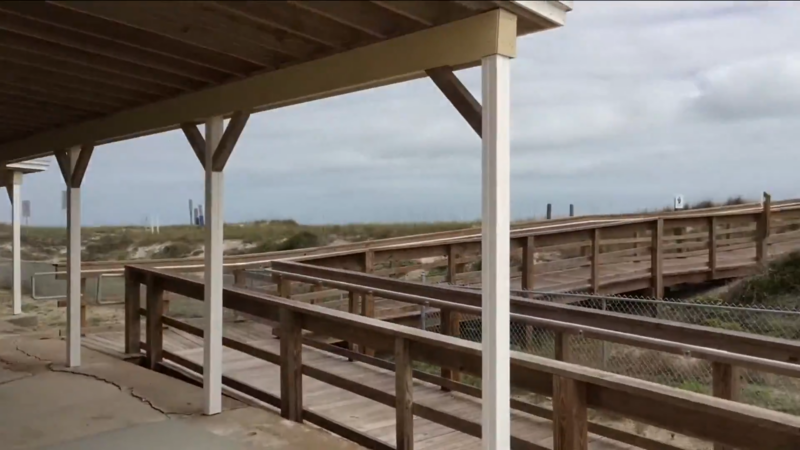
American Beach, founded in 1935 on Amelia Island, was developed as a beach community for African Americans during segregation.
The area spans 8.5 acres and includes the notable sand dune, Nana, which stands over 60 feet high.
Today, it remains a historic site with a mix of preserved buildings and public beach access, attracting visitors interested in its history and coastal beauty.
7. Amelia Island
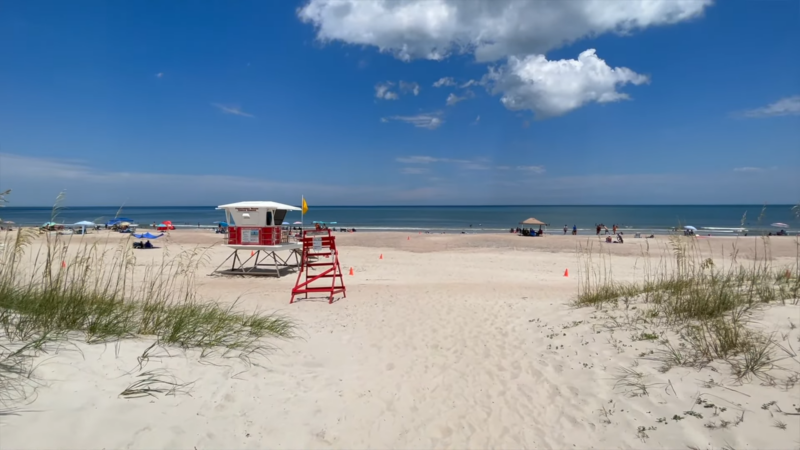
Known for its beaches, luxury resorts, and historic charm, Amelia Island offers 13 miles of coastline, golf courses, and attractions like the Amelia Island Museum of History.
With Fernandina Beach as its main town, the island is a popular getaway for both relaxation and water sports.
8. Cummer Museum of Art and Gardens
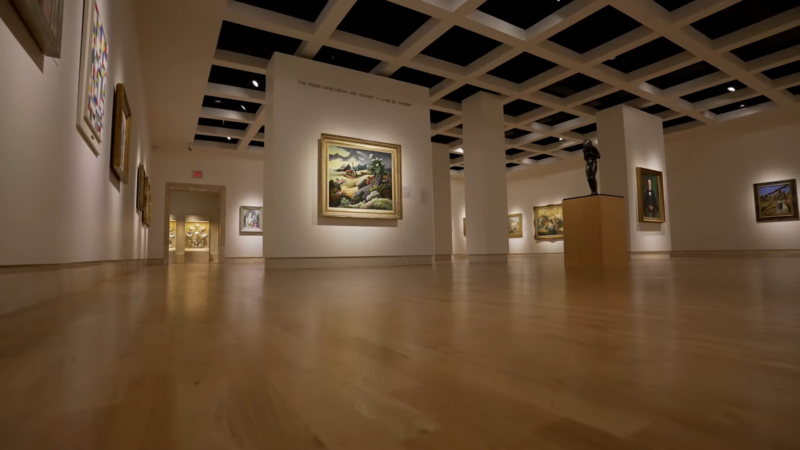
The Cummer Museum, located in the Riverside area, houses an extensive collection of European and American art, along with beautifully landscaped gardens dating back to the 20th century.
The museum also features riverfront views and rotating exhibits, making it a prominent cultural hub in Jacksonville.
9. Museum of Science & History (MOSH)
The Museum of Science & History is 81 years young today! MOSH first chartered on April 16, 1941. We are looking forward to another momentous change to come with MOSH Genesis! Happy birthday MOSH! pic.twitter.com/k7tNtex6K9
— MOSH Jacksonville (@MOSHjax) April 16, 2022
MOSH, on the Southbank of the St. Johns River, focuses on science and regional history.
Its exhibits range from natural history and ecology to interactive science displays.
The Bryan-Gooding Planetarium, one of the museum’s main attractions, hosts various educational programs and astronomy shows.
10. Theatre Jacksonville
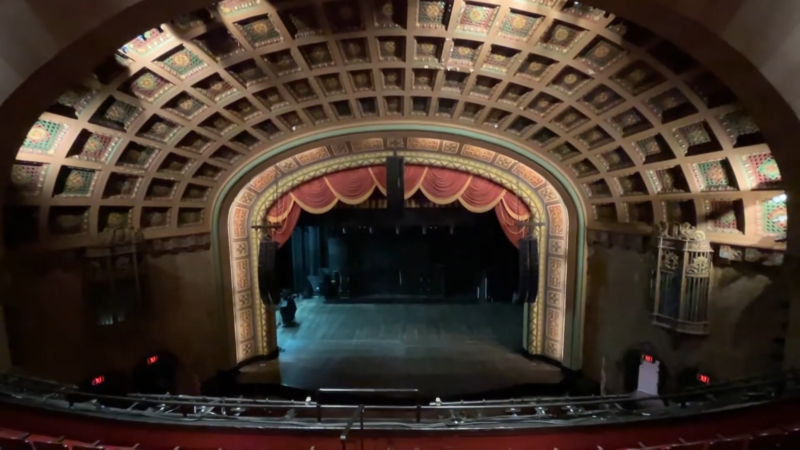
Founded in 1919, Theatre Jacksonville is one of the oldest continuously operating community theaters in the United States.
Located in the San Marco neighborhood, it hosts live theater productions and cultural events year-round in a historic Art Deco-style building.
11. Jacksonville Zoo and Gardens
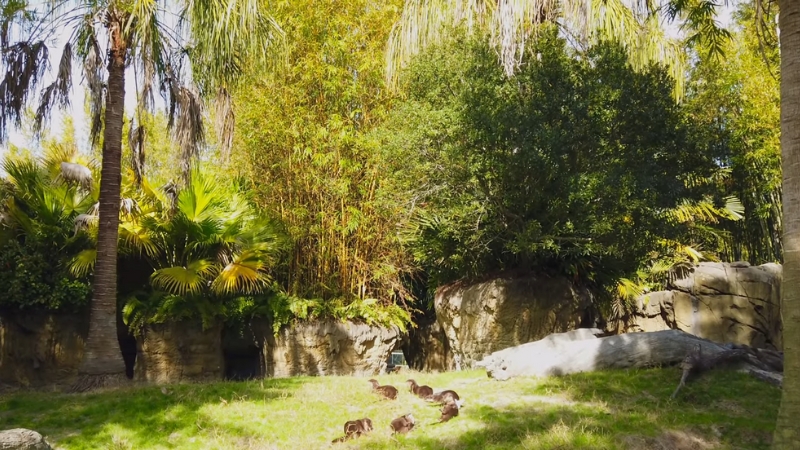
Situated along the Trout River, the Jacksonville Zoo and Gardens spans 122 acres and includes more than 2,000 animals and 1,000 plant species.
Known for its African, Australian, and South American exhibits, it also offers interactive experiences like giraffe feedings and a children’s splash area.
12. Basilica of the Immaculate Conception
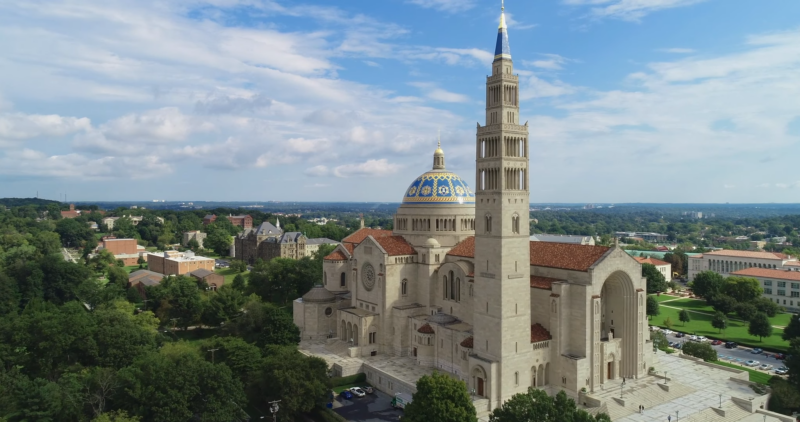
Built after the Great Fire of 1901, the Basilica of the Immaculate Conception is a historic Catholic church featuring Gothic Revival architecture.
Located in Downtown Jacksonville, it’s known for its stained glass windows, intricate stonework, and historical significance.
13. Hanna Park
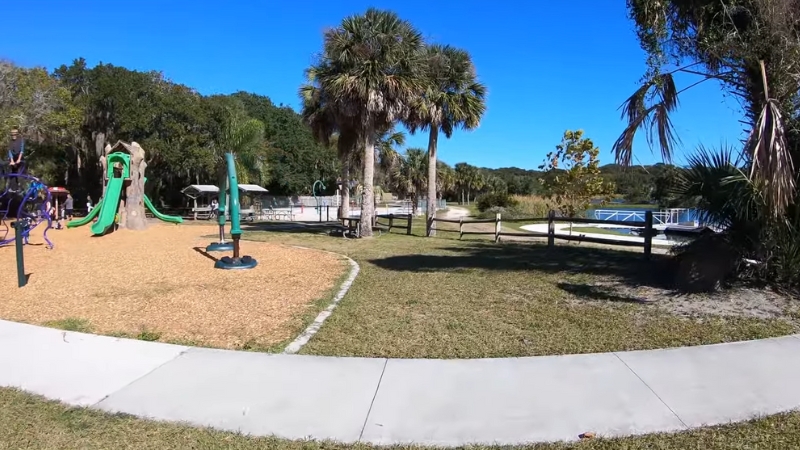
Kathryn Abbey Hanna Park, a 450-acre beachfront park, offers 1.5 miles of sandy beaches, over 20 miles of bike trails, and a large freshwater lake for fishing and kayaking.
It’s popular for camping, hiking, and surfing and provides beach access along the Atlantic Ocean.
References:
- World Population Review – Jacksonville Population Data
- U.S. Census Bureau – Historic Census Publications


